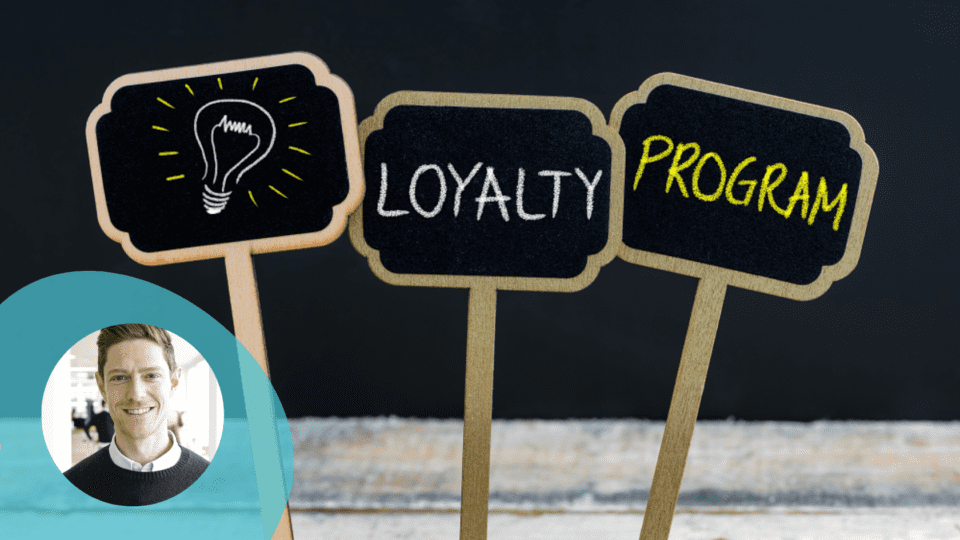Your brand likely enjoyed robust sales on Black Friday and Cyber Monday. But the discounts that helped you attract bargain hunters during the busiest days of the year won’t help you create long-lasting customer relationships.
Even in a time of increasing economic pressures, today’s consumers need brands to give them more than just discounts. They expect their favorite brands to connect with them on a human level. They want to feel like you’re listening to them, catering to their unique needs and aligning with their personal values.
This evolution in shopper behavior is impacting loyalty programs industrywide. A PwC survey of more than 4,000 consumers conducted earlier this year showed that 43% prefer a flexible and personalized “rewards my way” type of loyalty program.
The North Star of loyalty programs is to move customers up into higher tiers. Let’s study two alternatives to discounts that can help you do just that and maximize customer lifetime value:
1. Exclusive VIP-level perks. Your most loyal customers deserve a first-class experience. Give it to them by offering perks such as early access to new product launches. These types of experiential bonuses give brands a double win. For one, they come with little to no cost to your business. For another, they help your customers feel like they matter, which will help them forge a deeper relationship with your brand.
Another potential non-discount perk: Give VIP customers a special shopping experience by giving them access to an exclusive customer service phone line. Modern helpdesk technology makes this well within reach for brands of all sizes. Offering this type of personal touch matters to consumers: As many as 50% of 2022 PwC loyalty survey respondents say that human interaction is important to their loyalty.
Other emerging VIP perks include free shipping and free gifts. Ann Taylor’s recently relaunched StyleRewards program combines many of these non-discount perks into an engaging customer experience. It offers the brand’s credit card holders — its VIPs — a dedicated customer service phone line, early access to promotions and free shipping on orders over a certain dollar amount.
2. Rewards that connect to causes. Specific customer segments will increase their spend once they know that your brand reflects their values. For example, 71% of millennials say they’ll pay more for a product if some of the proceeds to go charity.
By infusing your loyalty program with elements of cause marketing, you’ll align values with your customers and build a stronger emotional connection that’s greater than your brand. Consider allowing customers to donate to a charity of their choice when they place orders. Or choose charities that relate to your products and stories, then ask customers to support them.
One brand doing this well is Zala, a hair extensions brand. Zala highlights its shared values by encouraging loyalty program members to donate a tree in exchange for points earned.
If you’re not sure which causes appeal to your customers the most, ask. Embedding a question or two into an order confirmation email is an easy way to do a consumer pulse check. You may find, for example, that sustainability goals matter most to them. This can help you design new environmentally conscious programs for members, such as Lululemon’s Like New trade-in and resale program.
Test and Measure Wisely
You don’t have do a complete refresh to add these types of discount alternatives into your loyalty program. Making too many changes too fast can confuse customers and erode the very loyalty you’re trying to build.
A better approach is to change some of the content within your program without a complete restructuring. Monitor the redemption of different rewards. If you start to see a drop-off, consider swapping them out with experiential perks.
Also, watch how your customers progress through your loyalty program’s tiers. If you see that people no longer push forward through each tier, it’s a sign that your top tier isn’t aspirational enough. Adding new perks that are exclusive to VIP members can help improve program flow.
Another key metric to watch is the amount of time between purchases. If it’s extending, consider reaching out to at-risk segments with perks that will make them feel valued. Perhaps introduce a “hidden tier” so they can earn rewards not available to others.
Go Beyond One-and-Done
While discounts offer customers instant gratification, experiences create the type of long-term relationships that drive LTV. By swapping out discount-led perks for stories, you’ll take your one-and-done BFCM shoppers and turn them into regular buyers throughout the calendar year.
Charlie Casey is the CEO and Co-founder of LoyaltyLion, a data-driven loyalty and engagement platform. Fueled by a lifelong desire to be an entrepreneur, Casey founded his first business at age nine, selling eggs by the side of the road. After graduating from the University of Bath, he spent one year as an Economic Advisor with the Foreign and Commonwealth Office in the UK before joining Deloitte as a Senior Consultant. He co-founded LoyaltyLion in 2012.




